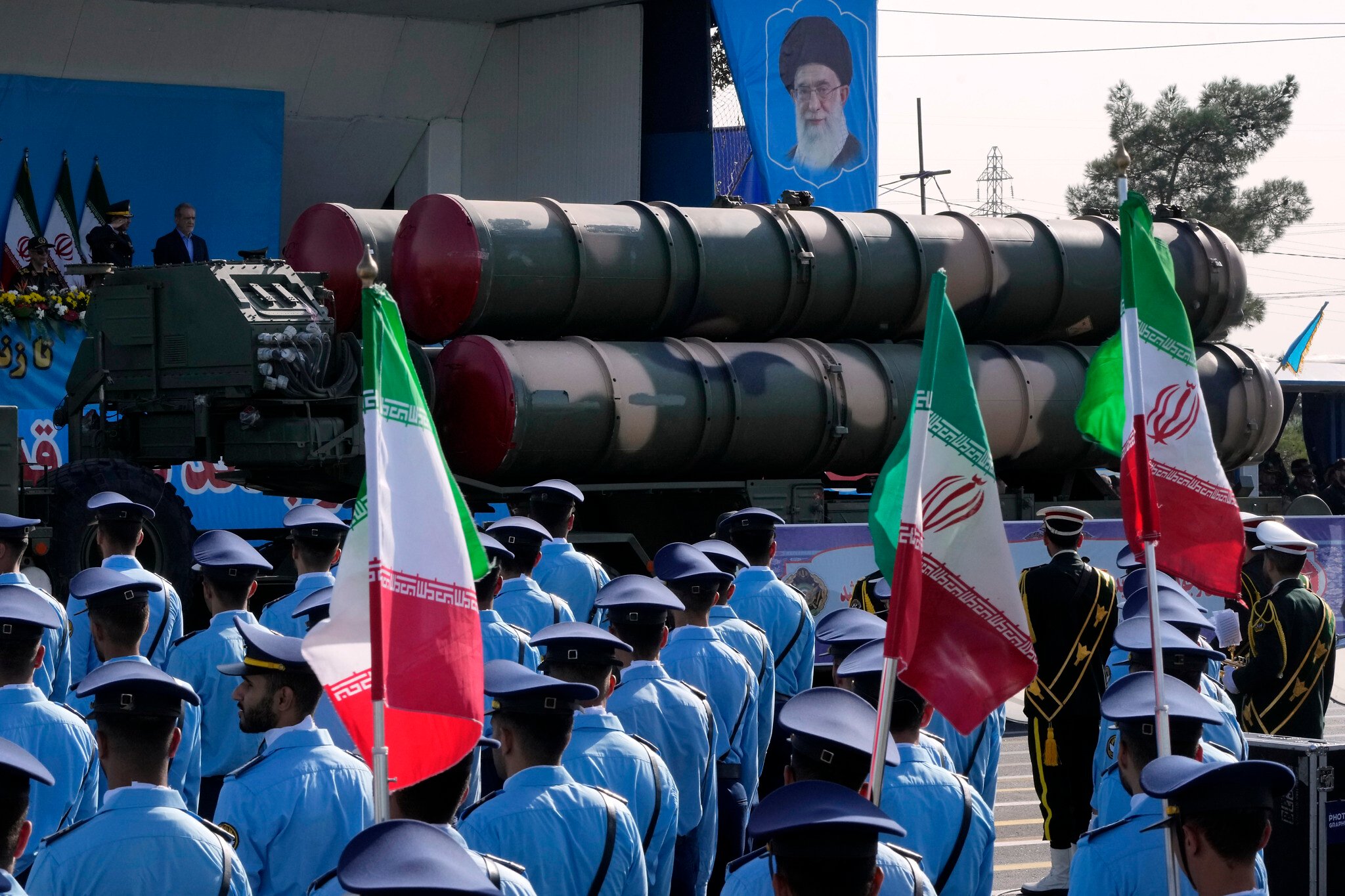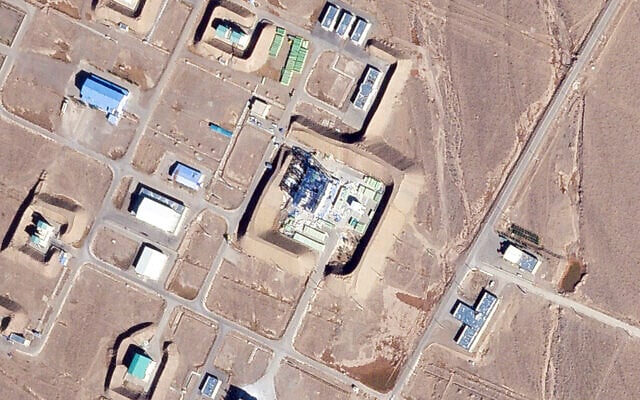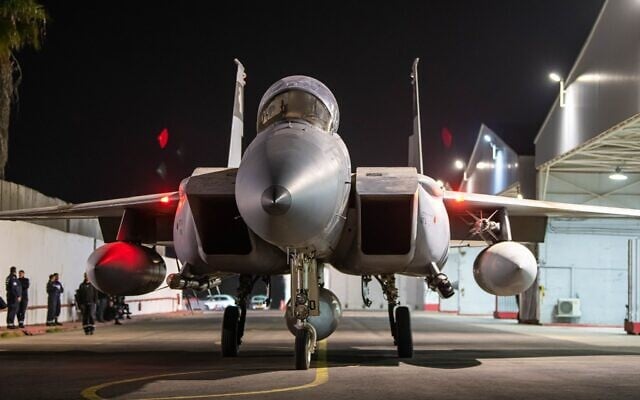



Iran is repairing and preparing its air defense systems, battered last year by Israel, to be ready against a possible US or Israeli strike on its nuclear sites, the Financial Times reported, citing analysts familiar with Western intelligence assessments and satellite imagery.
Data indicates that Iran has relocated a number of air defense systems, including Russian-made S-300 launchers, to prime nuclear sites, among them its uranium enrichment facilities in Natanz and Fordo.
“We are witnessing a remarkable improvement in the capability and readiness of the country’s air defense,” Mohammad Bagheri, the chief of staff of Iran’s armed forces, said last month, according to the Sunday report. “The enemies of the Iranian nation must understand that any violation of our country’s airspace will inflict significant damage upon them.”
The developments come with Israel said to be poised to launch airstrikes on Iran’s nuclear sites despite ongoing US efforts to negotiate a new deal aimed at preventing Tehran from building nuclear weapons. US has insisted Iran not enrich uranium, a right that Tehran is adamant about preserving. The Trump administration has threatened to take military action if the talks fail.
Iran’s regional proxies began attacking Israel in late 2023 in support of Hamas, which started the ongoing war in Gaza with its October 7 invasion of southern Israel. The fighting, as many had feared, eventually drew Iran and Israel into direct conflict. Iran twice fired barrages of hundreds of missiles and drones at Israel, first in April 2024, then again in October. The attacks were largely thwarted by Israeli air defense working in cooperation with the US and its regional allies.
After the first attack, Israel carried out a limited strike in Iran, and after the second, it bombed numerous sites, reportedly targeting air defense systems, including the much vaunted S-300s.
Assessments of the success varied. Israeli officials claimed significant damage, with one, speaking anonymously to Fox News, saying that Iran was left “essentially naked.”
However, according to the FT, open source imagery showed many air defense sites may have been empty, making it unclear just how many launchers were destroyed.
Since then, Iran has been striving to rebuild its capabilities, and two unnamed sources familiar with intelligence reports said that it has moved and diversified its launchers and radars.
In a show of force, an S-300 launcher and a radar truck participated in “Army Day” celebrations in Tehran last month, and during a February military exercise, an S-300 was shown firing a missile using an Iranian-designed radar system. Analysts have said that this may have been because the original Russian system was destroyed, the report noted.
In addition to Russian equipment, Iran also has domestically produced surface-to-air systems, including long and medium-range missiles.
“While everyone pays attention to the S-300, Iran attaches great importance to the creation of the most mobile, modern air defense systems which can quickly change positions, hide in shelters, making them less vulnerable to stand off strikes with long-range missiles,” Yuri Lyamin, an air defense specialist at Moscow’s Centre for Analysis of Strategies and Technologies, was quoted as saying.
Experts who spoke to the newspaper noted the capabilities that Israel has in penetrating Iran’s airspace, but the limited bombloads that its jets can carry, which would likely require several runs over many hours, if not days, to achieve the goal of destroying nuclear sites buried in underground bunkers. At the same time, the attacking planes would have to repeatedly evade Iran’s defense systems.
Nicole Grajewski of the Carnegie Endowment in Washington told the FT that “Iran definitely wants to negate the narrative that its advanced air defenses are destroyed.”
According to specialist Lyamin, the result of an Israeli attack “would depend on how well attackers work together, versus how well the defending force can work together. The best team will win.”
Iran, which avowedly seeks Israel’s destruction, has consistently denied seeking to acquire nuclear weapons. However, it has been enriching uranium to levels that have no peaceful application, has obstructed international inspectors from checking its nuclear facilities and expanded its ballistic missile capabilities, and its officials have increasingly warned that they could pursue the bomb.


